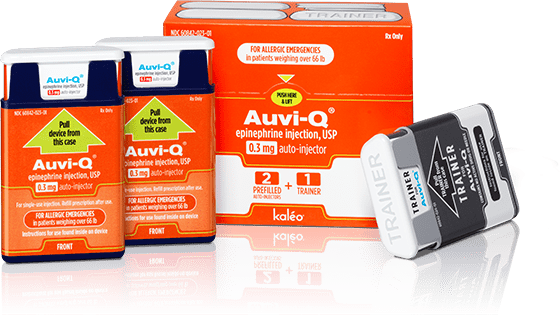Working for a company that treats food allergies, I’m always on the lookoutfor Facebook posts, allergy blogs, or practically anything related to allergies.

Nutrislice App
Today, I ran across a really cool app while reading my son’s school monthly newsletter. Our school district has adopted the use of an app called Nutrislice. I can digitally find the school menu for the month, and with a few clicks I’m able see a real picture of the food with a description, nutrition information, and allergen information.
For example, on Monday, my son will have the choice of a Classic Chicken Sandwich or a PB & Grape Jelly Uncrustable as a main item. Good for him to be able to see the options, along with pictures. Great for a mom who may be dealing with a child with food allergies. I can tell that the chicken sandwich contains both wheat and soy, and the pb&j contains wheat, soy, and peanuts. We can also see the nutrition information for all of the sides, milk choices, and condiments.
For our family, this is a great tool to plan lunches for the week, and for my son to determine if school lunch really looks gross or not. (OK- the turkey nachos don’t look appetizing, so I can’t blame him for not liking that choice!)
For food allergy families, this app could literally be a lifesaver! Kudos to our school district for providing this app!







 gue Baseball teams are now offering ‘peanut controlled’ baseball games at their venues. This concept is quite refreshing, and is a positive step towards the inclusion and awareness of food allergies in the sports community.
gue Baseball teams are now offering ‘peanut controlled’ baseball games at their venues. This concept is quite refreshing, and is a positive step towards the inclusion and awareness of food allergies in the sports community. Allergy immunotherapy is a form of long-term treatment that decreases symptoms for many people with allergic rhinitis, allergic asthma, conjunctivitis (eye allergy) or stinging insect allergy.
Allergy immunotherapy is a form of long-term treatment that decreases symptoms for many people with allergic rhinitis, allergic asthma, conjunctivitis (eye allergy) or stinging insect allergy. Allergies are an overreaction of a person’s immune system to an allergen, an otherwise harmless protein that has no effect on a non-allergic person. Common sources of inhaled allergens are tree, grass and weed pollen, mold spores, dust mites, cockroaches, cats, dogs, birds, cows, horses, rabbits and rodents. The overreaction of the immune system that results from contact with one or more of these inhaled allergens may cause annoying symptoms like coughing, sneezing, itchy eyes, runny nose, and scratchy throat. A person will often have allergies to more than one allergen.
Allergies are an overreaction of a person’s immune system to an allergen, an otherwise harmless protein that has no effect on a non-allergic person. Common sources of inhaled allergens are tree, grass and weed pollen, mold spores, dust mites, cockroaches, cats, dogs, birds, cows, horses, rabbits and rodents. The overreaction of the immune system that results from contact with one or more of these inhaled allergens may cause annoying symptoms like coughing, sneezing, itchy eyes, runny nose, and scratchy throat. A person will often have allergies to more than one allergen.